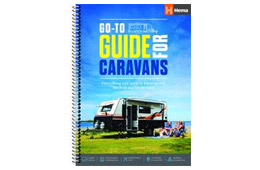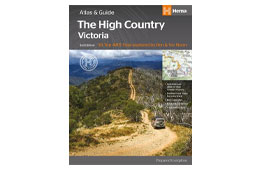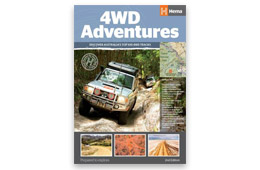Towing Weights Explained with Rules and Regulations
Weight is a massively important consideration when towing, we simply cannot over-emphasise the gravity of the matter. It may not be something you've had to consider in the past, but every tow-vehicle and trailer are subject to weight limits – camper and vehicle manufacturers perform extensive testing to establish these limits. Rest assured, there is a safety margin beyond any given limit, to ensure owners don't inadvertently endanger themselves by packing on a few extra kilos.
Staying within manufacturer-specified weight limits, however, is not just a good idea, it's a legal requirement. It is possible to find yourself in some hot water if you're randomly weighed by state road authorities, or if you have an accident owing to an overweight load you will be held accountable and your insurance will be void.
TOW-VEHICLE
Your tow vehicle is crucial in determining the trailer-load you can haul. In the vehicle's manual, you'll find two weights that indicate its maximum towing capacity; braked and unbraked.
BRAKED refers to how much a vehicle can tow when trailer brakes are in use. This is most likely to be relevant to camper trailers.
UNBRAKED is legally restricted to 750 kilograms, some smaller trailers can come in below this limit.
A third figure to take into consideration is the coupling download amount. This specifies the amount of downward force that can be exerted on a vehicle's towball. You may have heard that this will be 10 per cent of the overall towing capacity, but that's not always true. In particular, European cars can have a much lower download limit.
Axle capacities are also necessary considerations, particularly the rear. It's not all that common for campers to exceed their rear axle limit, although with the combined weight of the load packed into the vehicle and the force of the trailer coupling pushing downward it's possible.
Finally, there's the gross combination mass (GCM). This is how much the entire rig weighs; vehicle, camper trailer and payload. The simplest GCM will be kerbside weight plus maximum payload and tow capacity, but once more this isn't a universal rule so make sure you know what yours is.
BARS, BALLS and COUPLINGS
Either inside the door jamb of your vehicle or fixed directly to the tow-bar you'll find a placard showing the maximum weight of the bar itself. These are generally the same as the vehicle tow weight, but not always, so it's best to double check. Similarly with tow balls and couplings, most are rated up to 3,500kg but you should always double check.
THE TRAILER
The weight of your camper comes in four flavours, which can generally be found on a placard on the A-frame or tucked away somewhere toward the front: Aggregate Trailer Mass (ATM), Gross Trailer Mass (GTM), tare weight and towball maximum.



 The High Country Victoria
The High Country Victoria
 Hema HX-1 Navigator
Hema HX-1 Navigator






0 comments